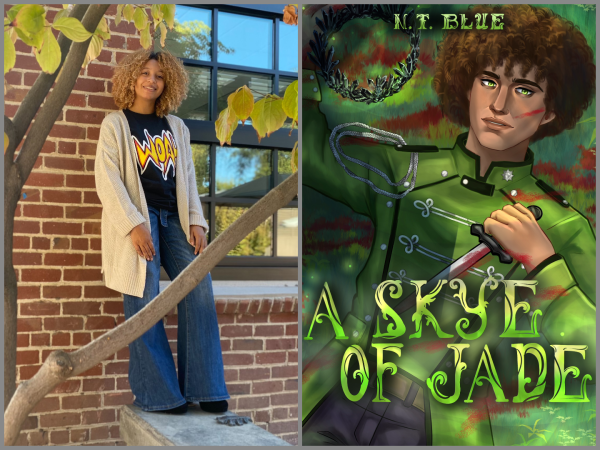“The Man Who Sold the World” is David Bowie’s third studio album. Though it turns 48 today, it represents a turning point for Bowie and for pop and rock of the time, as a hard rock departure from his previously acoustic work. It has been compared to other albums released that year, including those by Led Zeppelin and Black Sabbath.
Bowie began composing songs for this album with a distinct preference for a darker rock sound, combined with clear influence from reading Aleister Crowley, Franz Kafka and Friedrich Nietzsche, with some Lovecraftian themes present as well. The result is a heavier, almost apocalyptic, style in some tracks. Darker themes such as insanity (“All the Madmen”), the ongoing Vietnam War (“Running Gun Blues”) and even encounters in hell with a supernatural being (“The Width of a Circle”), dominate the album. Needless to say, this one is not for the faint of heart.
This darker, more aggressive sound is present from the start, in the foreboding, hallucinatory “The Width of a Circle.” Only Bowie could write something as audacious as a sexual encounter with an omnipresent being.
I also feel that this exploration of the underworld segues well into the “insanity” of “All the Madmen,” which features a bone-chilling spoken-word section. Some lyrics include references to lobotomy, the tranquilizer Librium and electroshock therapy.
Bowie is able to also have more fun in areas on the album, such as with the rockabilly feel on “Black Country Rock” and “Running Gun Blues”. But not for long, as he would prefer to play with Gothic sensibilities for the rest of the album. “After All” may be the most underrated track on the album that plays with thoughts from Aleister Crowley (“Do what thou wilt”). It is composed as a waltz with an ominous Gothic chorus- “I sing with impertinence/Shading impermanent chords/With my words/I’ve borrowed your time and I’m sorry I called.”
In my opinion, the strongest areas of this work are in the last three songs, beginning with the chaotic “She Shook Me Cold,” which then leads into the title track.
“The Supermen” is supposedly about the master Aryan race, once believed in by white supremacists, perhaps the clearest example on the album of Bowie’s inspiration by Nietzsche and H.P. Lovecraft, with apocalyptic visions of the world in Bowie’s fantasy.
This is not an album for those Bowie fans seeking the easy pleasures of a “Heroes” or “Young Americans.” “The Man Who Sold the World” has much darker questions about humanity to ponder and tease, and thus there is much more here for a listener with an appreciation for Bowie’s exploration of the dark worlds, created by Lovecraft and Nietzsche.
If you’re not into this stuff, you can still get enjoyment out of Bowie’s superb arrangements and evolution as a rock musician. However, understanding the context for these lyrics, and the world he is creating, gives the album a much deeper resonance.
Perhaps that’s why it took the commercial breakthrough by “The Rise of Ziggy Stardust and the Spiders from Mars,” in 1972, to bring this album to a much larger audience. What is true is that 48 years later, and nearly 3 years since Bowie’s passing, the album is a must-listen for anyone with a taste for earlier rock, a fondness for ’70s experimental rock or a general appreciation for Bowie’s ability to try what nobody else at the time dared to.
Natalie Hanson can be reached at [email protected] or @NatalieH_Orion on Twitter.
















